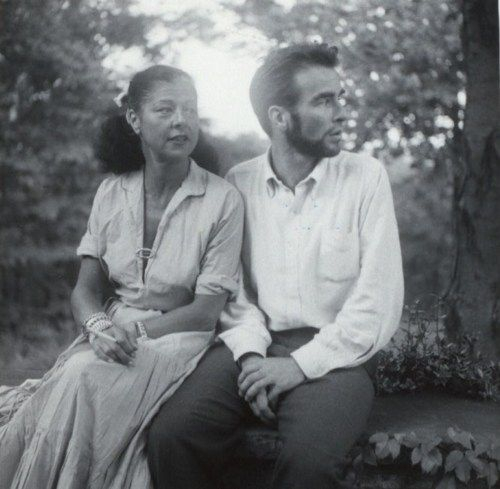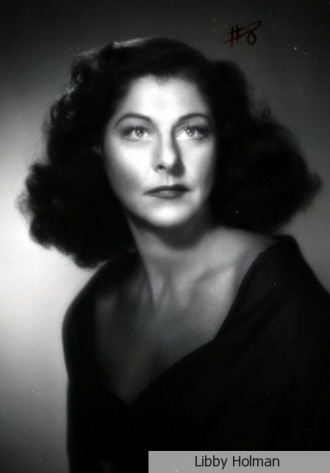Montgomery Clift and Libby Holman
A photo of Montgomery Clift with his good buddy and singer Libby Holman.
Date & Place:
Not specified or unknown.


 Amanda S. Stevenson
Amanda S. Stevenson 



